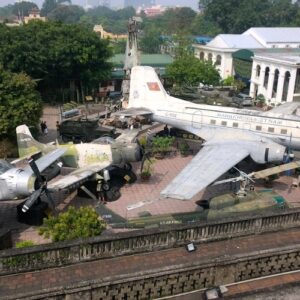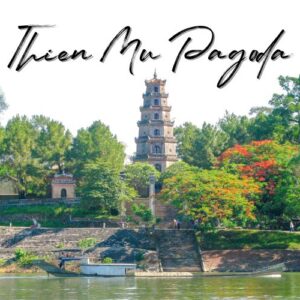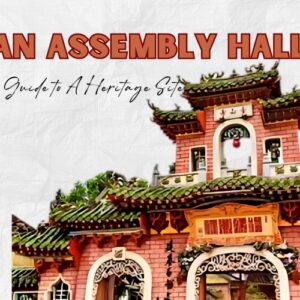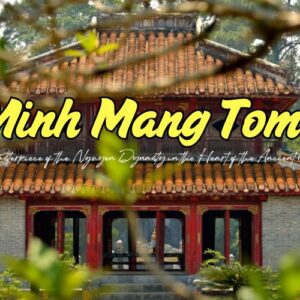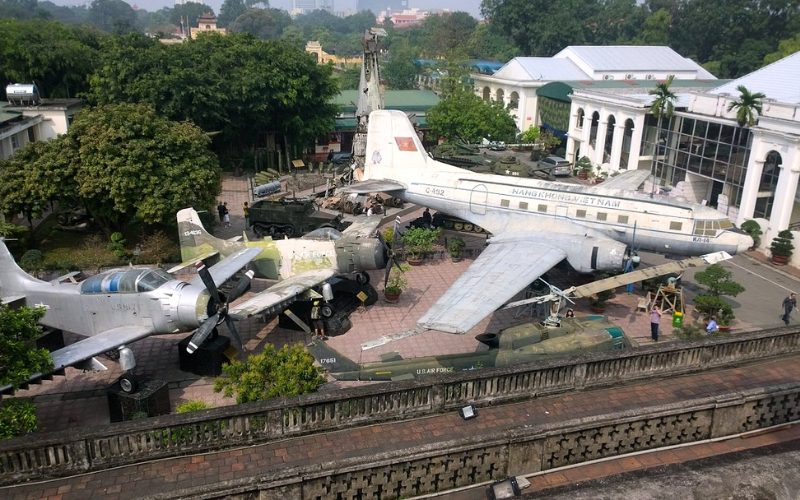
Vietnam Military History Museum is the place to keep several heroic memories and valuable artifacts about the nation’s resistance wars, especially the two wars against the French and the Americans. Tourists coming to this museum can have a thorough view of Vietnam’s history throughout hundreds of years. Let’s explore this interesting museum with IDC Travel!
Essential Information for Tourists
Location of the Vietnam Military History Museum
Vietnam Military History Museum is located at No. 28A Dien Bien Phu Street, Ba Dinh District, Hanoi. Since the museum is situated near the center of Hanoi city, you can easily travel to this destination by various means of transportation.
A Taxi or car via a ride-hailing app is the most convenient. However, you can rent a private car to arrive at this place with the most comfortable and personalized service. If you want to try local public transportation in Hanoi, taking a bus is a fascinating choice. Buses number 09, 41, 32, and 18 conveniently stop right in front of the entrance gate of this history museum. Remember to check the route to take the most appropriate bus.
Opening hours and Entrance fee
- Opening hours: Vietnam Military History Museum is open every day except for Monday and Friday during operating hours from 8:00 to 11:30 in the morning, and from 1:00 to 4:30 in the afternoon.
- Entrance fee: Visitors must pay for entrance tickets when they come to the museum. The ticket price applied for Vietnamese visitors is 20,000 VND per ticket and 40,000 VND per ticket for foreign visitors.
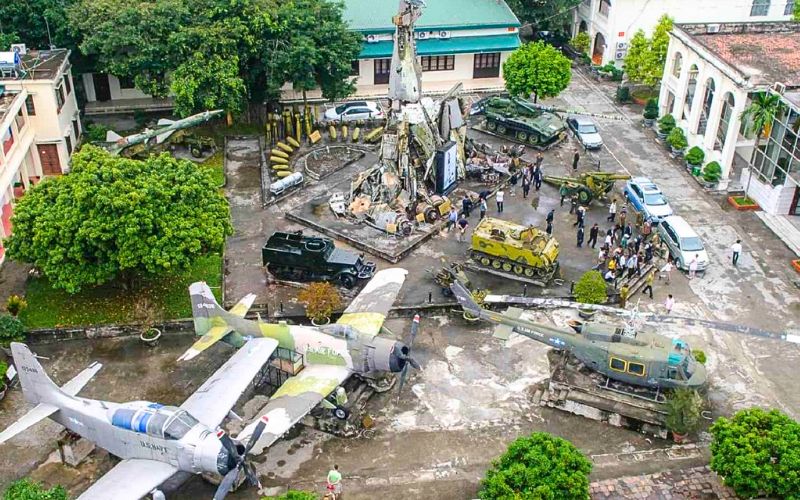
An overall look at the museum
Regulations
- Absolutely follow the staff’s guide in the museum.
- Formal clothes are required.
- No swearing and smoking.
- No weapons, explosives, or flammables inside the museum.
- Ask for permission before taking photos or videos.
Formation History of Vietnam Military History Museum
After the long and arduous resistance war against the French ended with the Dien Bien Phu victory, the Vietnam Ministry of Defense decided to build Vietnam Military History Museum. The museum was constructed in 1956 with a total area of up to 10,000 m². In 1959, the museum was officially inaugurated and started to welcome visitors.
With more than 60 years of construction and growth, Vietnam Military History Museum is one of six national museums, known as a “living history book” about the Vietnamese Revolution. This place displays various pictures and artifacts reflecting hundreds of years of fierce but heroic struggle in Vietnam. Several documents and artifacts with great historical significance are collected, preserved, and displayed in the museum, attracting thousands of visitors worldwide.
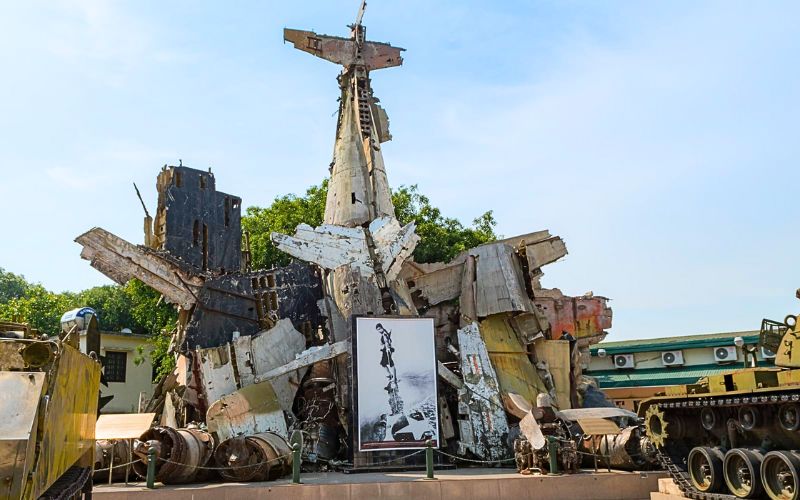
Artifacts at the museum
Exhibitions in Vietnam Military History Museum
The museum is separated into six different zones, naming from S1 to S6. However, the S1 area is the ticket office, and the S5 is the staff office. Artifacts are displayed in the rest four zones: S2, S3, S4, and S6.
The S2 Building
On the first floor of this building is the stateroom that displays a system of documentaries and images about military history during the period from the Hung King – An Duong Vuong era to before 1930. Most of the documentaries are about national famous wars such as the War in Nhu Nguyet River or the War on Bach Dang River. There are also various poems or literary works about patriotism preserved in this building.
Coming to the second floor, most artifacts here are from 1930 to 1954 when Vietnam managed to fight against the French colonists. This place displays more than 100 substances introducing the mass struggle against the invaders. The popular artifacts on display include jackets, pistols, swords, and many other rudimentary combat weapons.
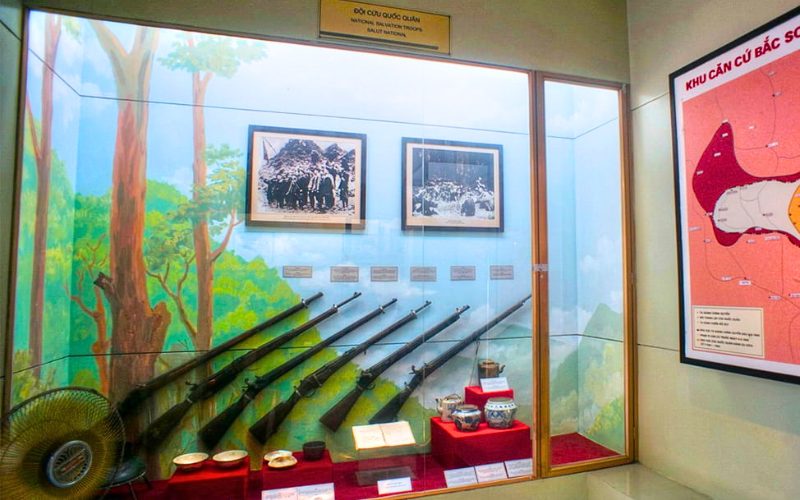
Artifacts in the S2 Building
The model of the Dien Bien Phu Campaign in 1954 is also exhibited here. It was designed with modern technology with a ratio of 1:1,800 tilted at 25° and a sound system with vivid illustrations. Visitors can follow and easily grasp the progress of the fierce battle lasting 55 days and nights that made a historic victory, ending nine years of resistance against the French.
The S3 Building
Coming to the S3 Building, the materials from the fight against the Americans between 1954 and 1968 are conserved on the first floors. You can find several historical artifacts here, such as the pictures of Cu Chi Tunnels or the torturing tools used by the Americans to apply to patriotic soldiers. The cars used to transport weapons in the 1968 Mau Than Campaign are also exhibited here.
On the second floor is the exhibition of Vietnam in the 1969-1975 period. After the Paris Agreement, the US continued to take many actions to war against Vietnam, all of which were kept in this area. In particular, in this area at the Vietnam Military History Museum, many artifacts were used in the Phuoc Long Victory in 1975, the Central Highlands Campaign in March 1975, and the Hue – Da Nang Campaign in March 1975.
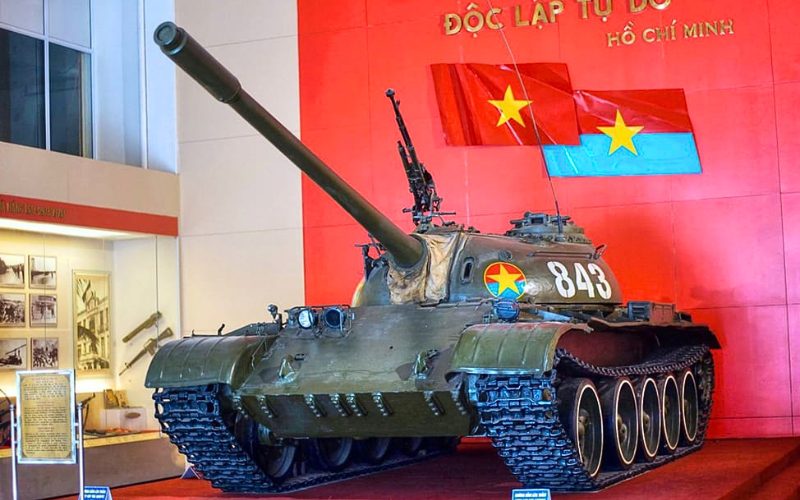
Tank Displayed in the S3 Building
A total of 380 artifacts and materials on display stand for the great spiritual support of other countries with Vietnam during the 30 years of resistance war. Many artifacts also show the close friendship between Vietnam – Laos – Cambodia in the wars against France and the US.
The S4 Building
The first floor of the S4 Building is used to illustrate the development of the Vietnam Military from 1975 to the present. It is both the pride of the people’s soldiers and the people’s hearts as one in daily life, production, or economic development.
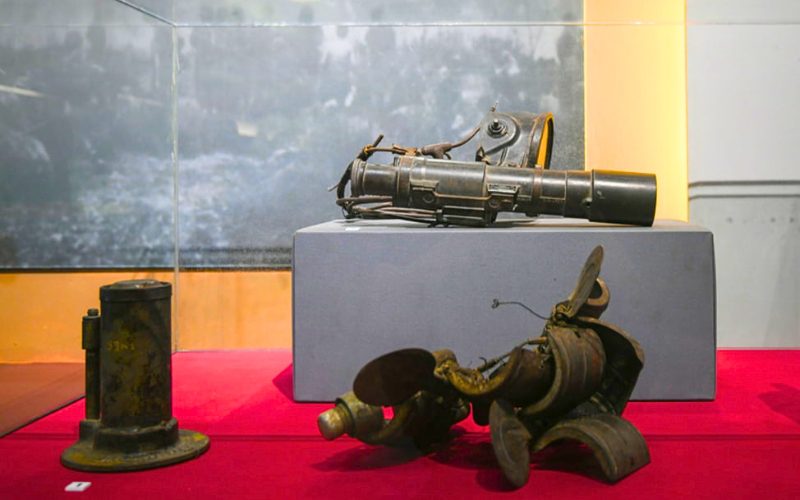
Artifacts in S4 Building
If you come up to the second floor, you will find an exhibition with a specific topic of Vietnamese Heroic Mothers. There are about 200 artifacts and memorabilia associated with the mothers’ lives and their great contributions to the resistance against France and America.
The model of Ho Chi Minh Campain is also exhibited here. The historical fight putting an end to the constant 21 years of resistance to the US was recreated with a 3D model at 1:1800 scale. Visitors will enjoy the model with a system of images and sounds to have a comprehensive understanding of the campaign.
The S6 Zone – Outdoor Exhibition
The outdoor exhibition area has three precious artifacts of huge size associated with the victory of the Vietnamese Military in the two wars against the French and against the US. They are the T-54B tanks and MiG-21 aircraft.
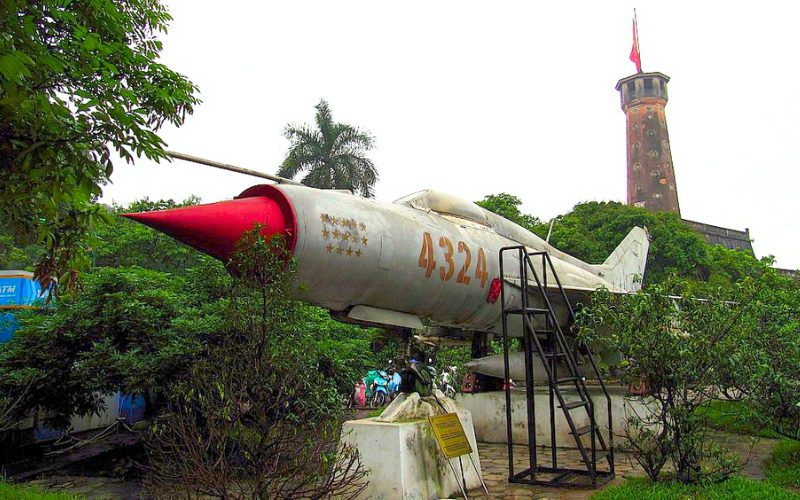
Aircraft Displayed Outdoor
Attractions near Vietnam Military History Museum
Since the Vietnam Military History Museum is located near the center of Hanoi, it is easy for tourists to travel from the museum to other attractions of Hanoi.
Imperial Citadel of Thang Long
If you love the peaceful atmosphere surrounding ancient architecture, the Imperial Citadel of Thang Long, which is full of historical stories of Hanoi, would be an ideal option for you to visit after admiring Vietnam’s post-war artifacts. Located just a short distance away, taking less than 10 minutes of walking, this heritage site promises to bring you a fascinating glimpse into Vietnam’s imperial past. You can check out their official website here to get more information.
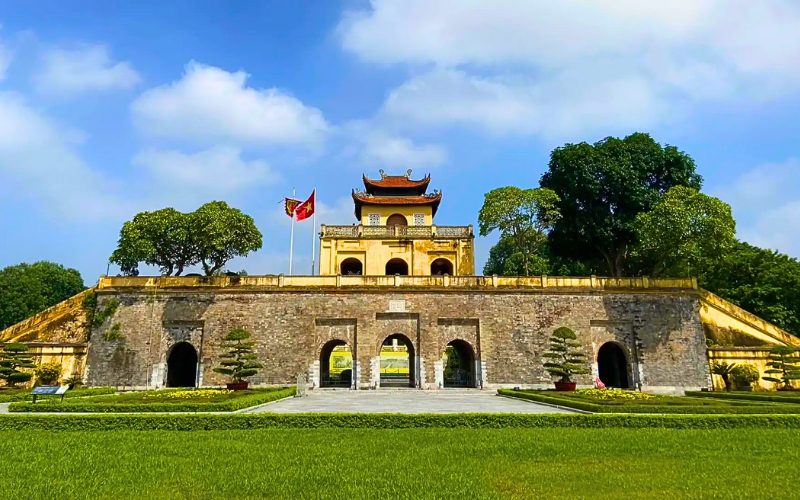
Imperial Citadel of Thang Long
Ho Chi Minh Mausoleum
Ho Chi Minh Mausoleum is also a must-visit attraction nearby Vietnam Military History Museum. This monumental structure is situated in Ba Dinh Square, serving as the final resting place of Vietnam’s beloved leader, Ho Chi Minh. It is only 1 kilometer away from the history museum, so why not give yourself a chance to pay your respects to Ho Chi Minh and witness the preserved body of him lying in the state?
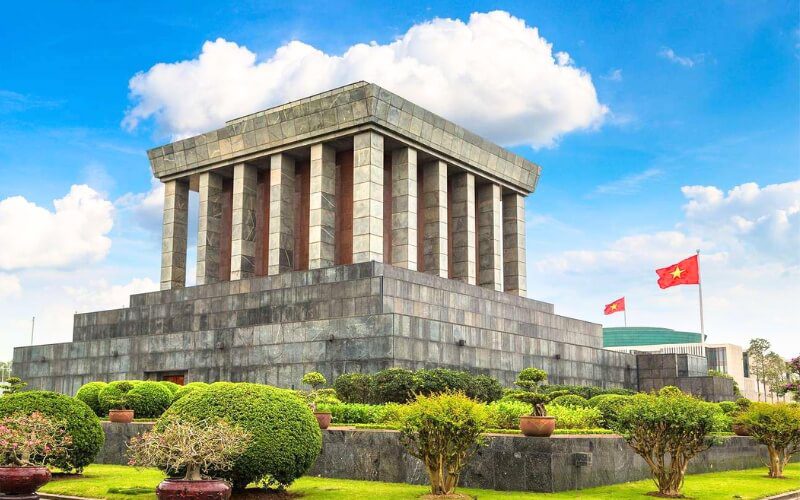
Ho Chi Minh Mausoleum
Vietnam Military History Museum is definitely a worth-visiting place when you travel to Hanoi, bringing you a remarkable experience of the heroic history of Vietnam. If you fancy other attractions in this beautiful capital city, have a look at our Hanoi city tours to have an opportunity to stop by various famous destinations.

